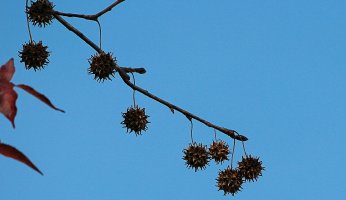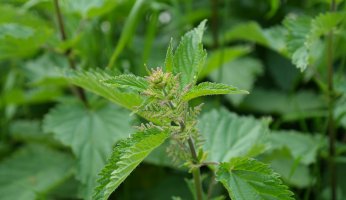10 Edibles For This Spring – Midwest
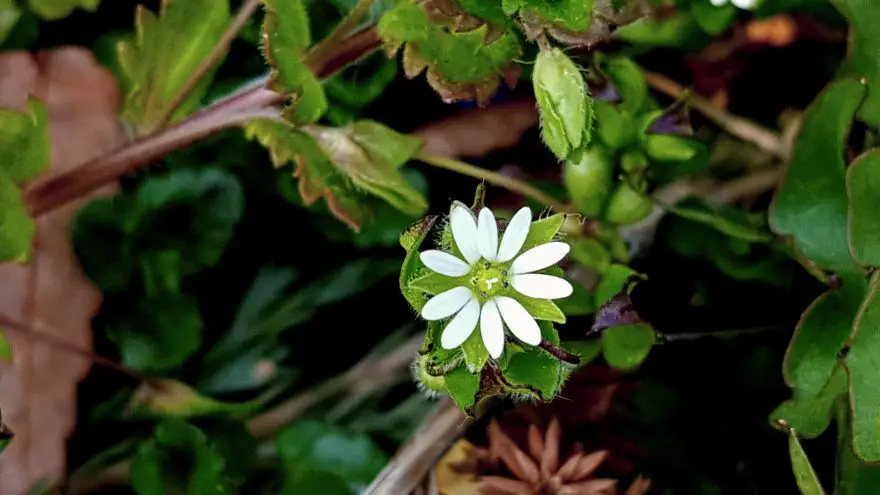 10 Edibles For This Spring – Midwest
gearweare.net
10 Edibles For This Spring – Midwest
gearweare.net
The Midwest comes alive in the spring with a variety of wild flowers and bright green buds of the awakened trees. It is a great time to try your hand at a bit of foraging. The following is a list of ten plants that are easily found growing wild across the Midwest and each has a unique and delicious treat waiting for you to try.
Table of Contents
Violets
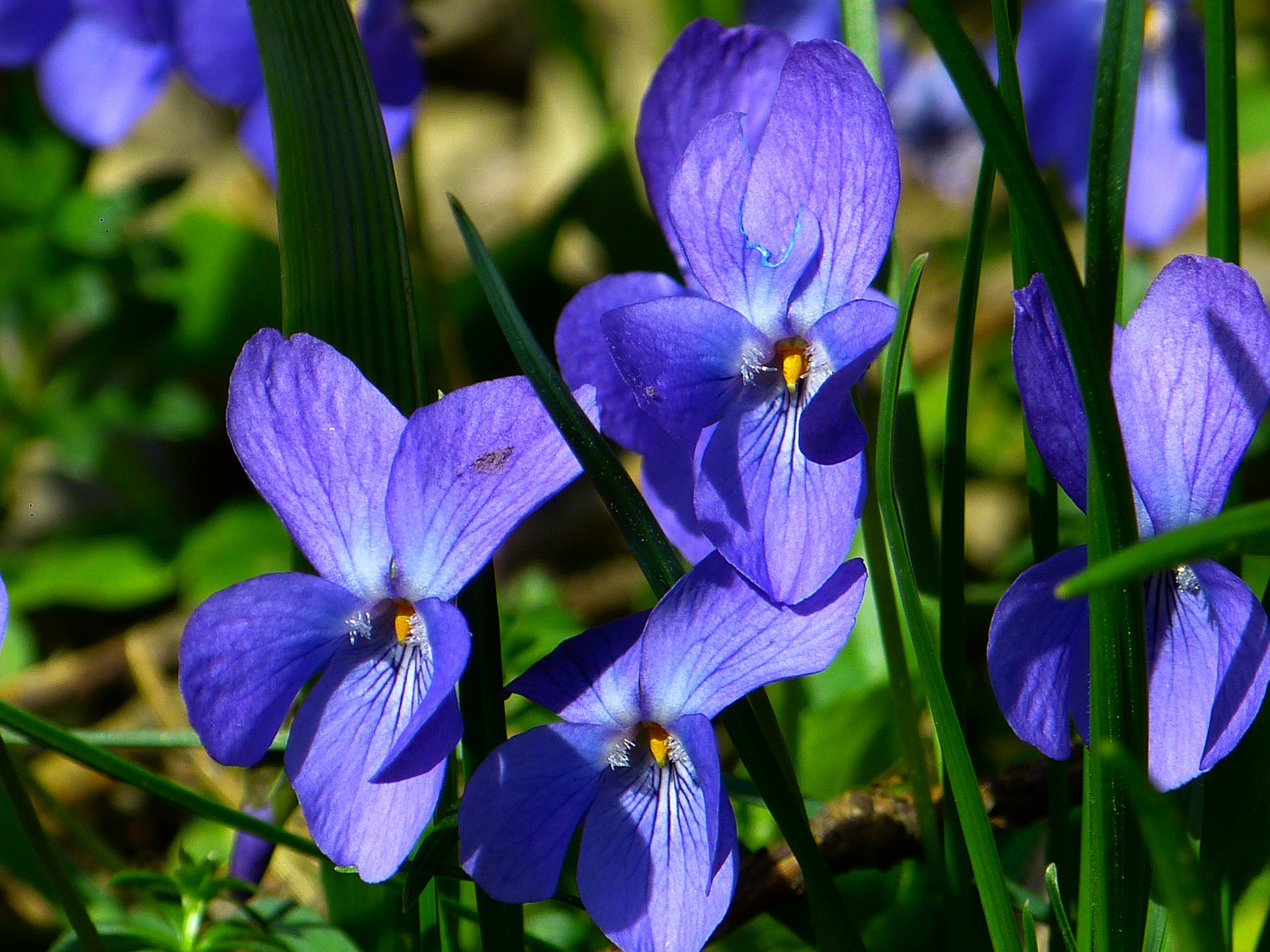
Violets are probably best known as being an adorable little garden flower but these quaint plants deliver a tasty spring surprise. The flowers are edible like cocoplum and cabbage plum, and they are often used to make jellies. The purple varieties are especially nice, giving the jelly a wonderful lavender colour. Violet leaves are the size of a quarter and are relatively round with a bit of a pointed tip and the flowers generally comprised of four petals getting darker towards the centre. Try the flowers out in the spring in jellies or just add them as a nice garnish to salads.
Chickweed
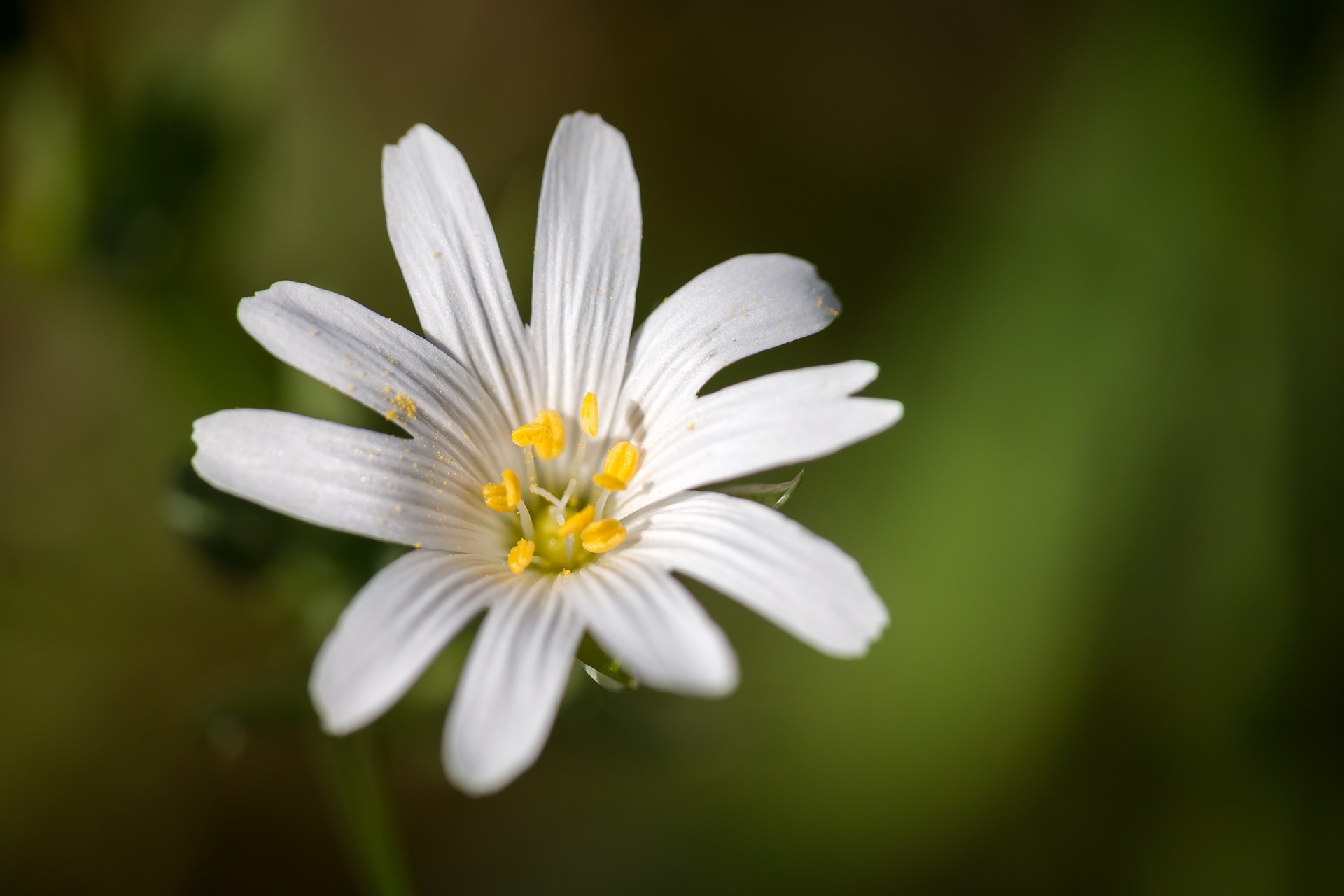
Chances are you will have seen chickweed growing in your yard or your neighbour’s. It is a common plant that most people cast aside as an unwanted weed. It is one of the earliest plants that you will find in the spring. It’s a creeping groundcover with thin stems and whorls of small oval-shaped leaves.

Chickweed is the perfect leafy green for early spring and can easily be added to salads and used in your favourite stir-fry. Make sure to always harvest the leaves before it blooms for the best flavour.
Henbit
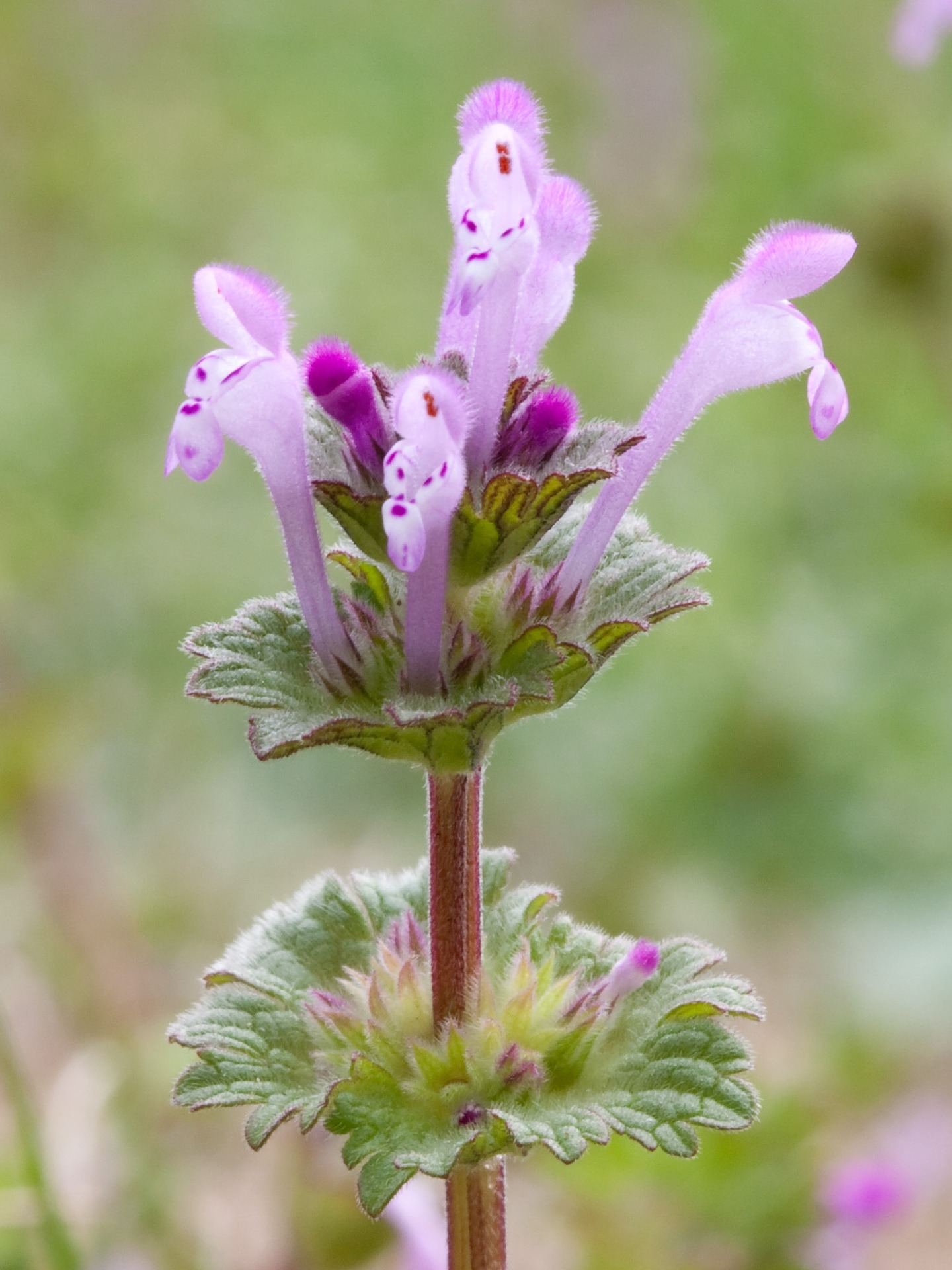
A lover of moist, rich soils henbit is a frequent colonizer of home gardens and lawns. It is a small herb with opposite leaves that are semi-circular with many small lobes. In spring tiny purple flowers bloom from the stems. The best time to harvest this leafy green is in early spring before the flowers appear. It can be used fresh or cooked. Be sure to give it a try if you come across it because in the heat of the summer the whole plant will die off.
Redbud Trees
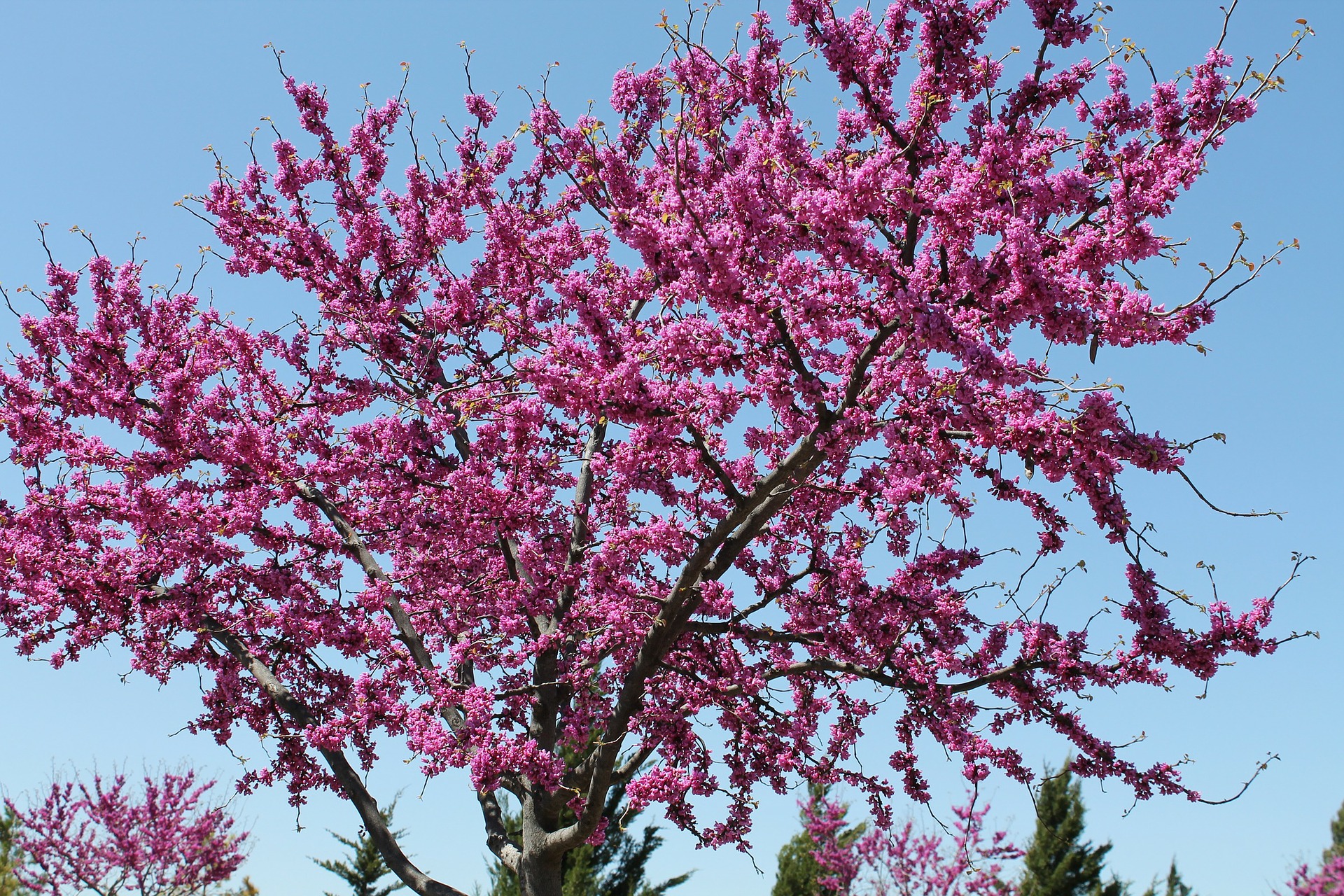
Redbud trees are small trees in the pea family. They have leaves that are round and slightly heart-shaped. In the spring they bloom with large clusters of bright pink flowers. They prefer full sun and well-drained soil. In the spring it is the flowers that can be harvested.

Early March to May they can be picked and eaten fresh as a slightly sour treat or else can be used to make a floral syrup. Redbud trees are often planted as ornamentals but avoid harvesting these because you can’t be certain that no chemical pesticides or herbicides have been added to the soil around the trees.
Wild Rose
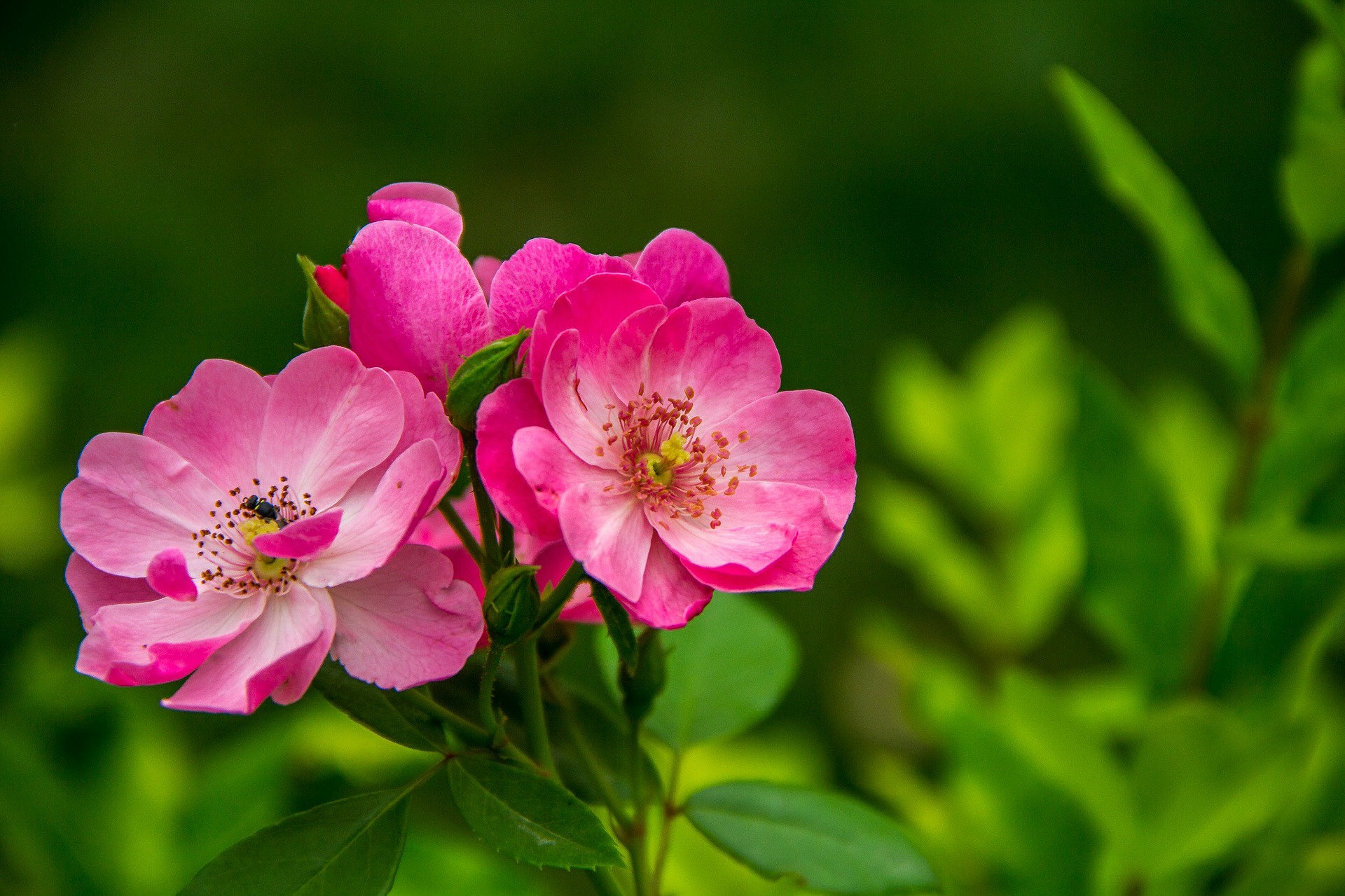
Wild roses are an amazingly fragrant bush to come across in the spring with their pink blooms and bright green leaflets. Often growing in large clusters even the slightest of breezes wafts an invigorating scent across the fields where they grow.
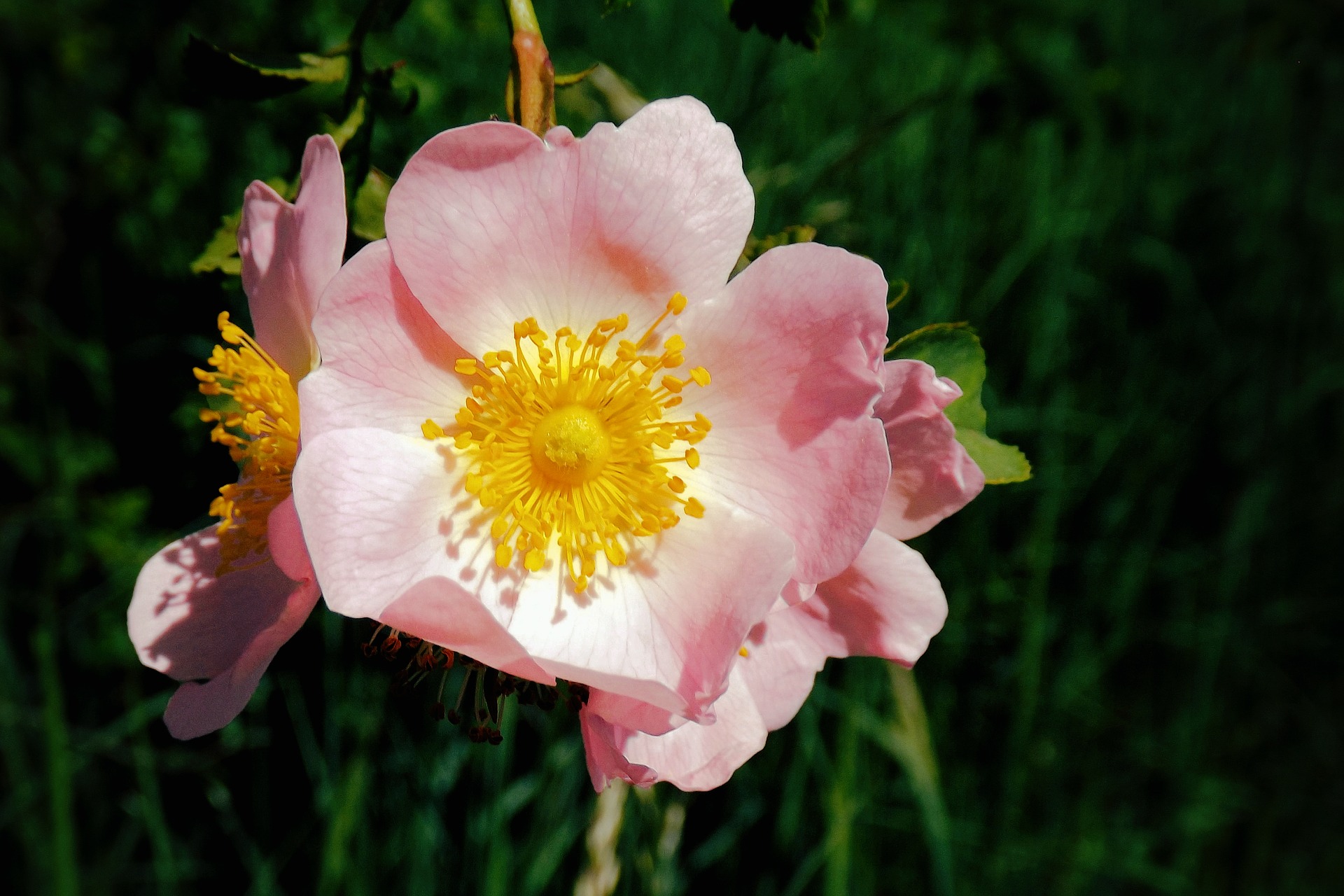
Depending on the specific species the flowers can be the size of a quarter and as large as a tennis ball. The petals can be made into jelly, added as a garnish to salads, and infused in water to make a moisturizing facial spray. Look for them this spring along streams, in open fields, and in your local forest.
Note: Cultivated roses are different from the wild variety and should be avoided for culinary uses.
Birch
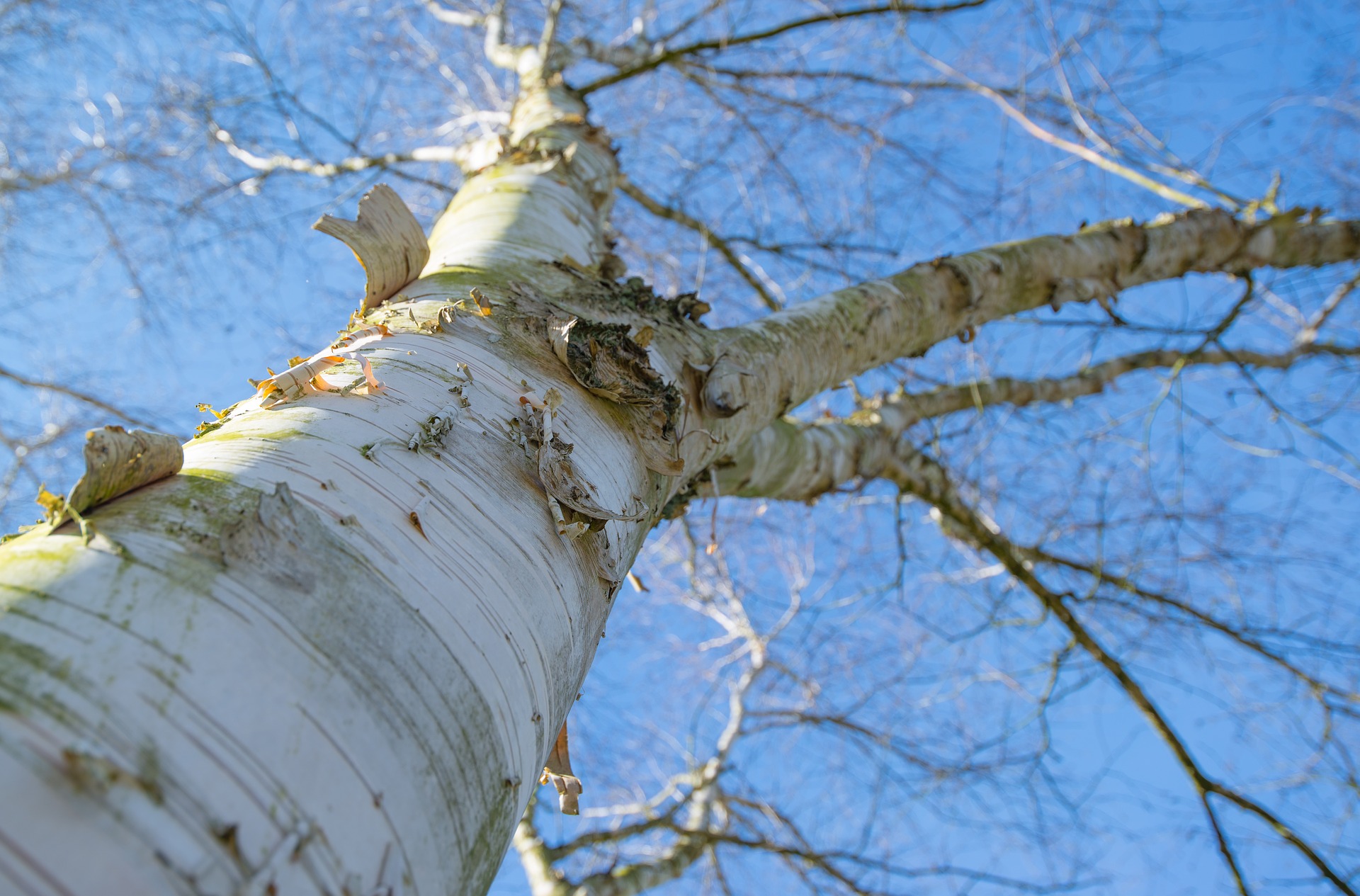
Birch trees are beautiful trees found across North America. Their white bark lined trunks stretch straight up into the sky ending in branches laden with round to triangular leaves. They are most recognizable for their bark, which is white and has small notches along the surface.
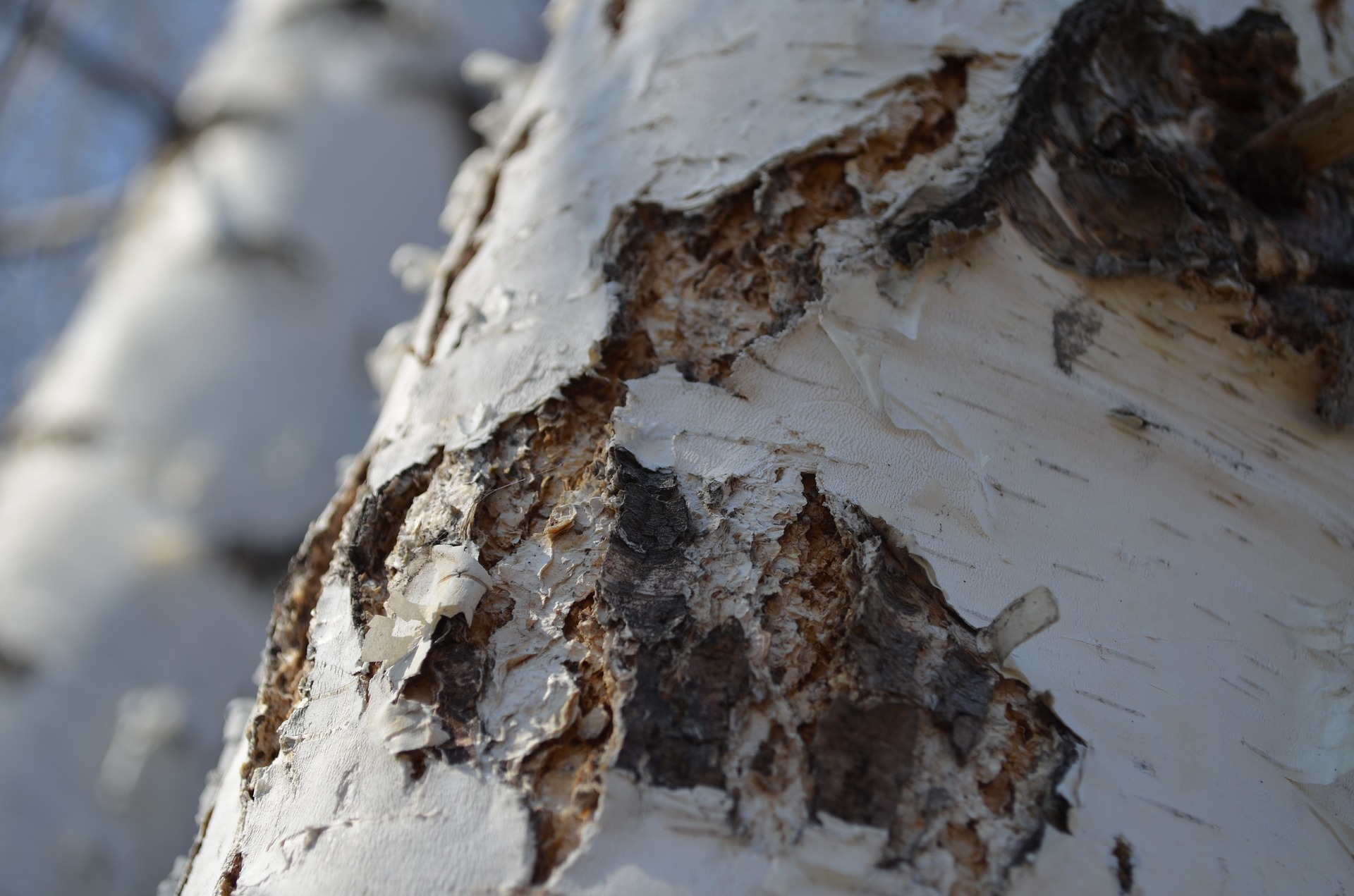
In early spring the sap can be collected by drilling a small hole in the trunk. During this period the sap is flowing from the base back into the outer reaches of the tree and makes collection very easy. The sap can be consumed straight from the tree or else boiled down over many hours into a unique sap with a taste reminiscent of dark soy sauce.
Ox-eye Daisy
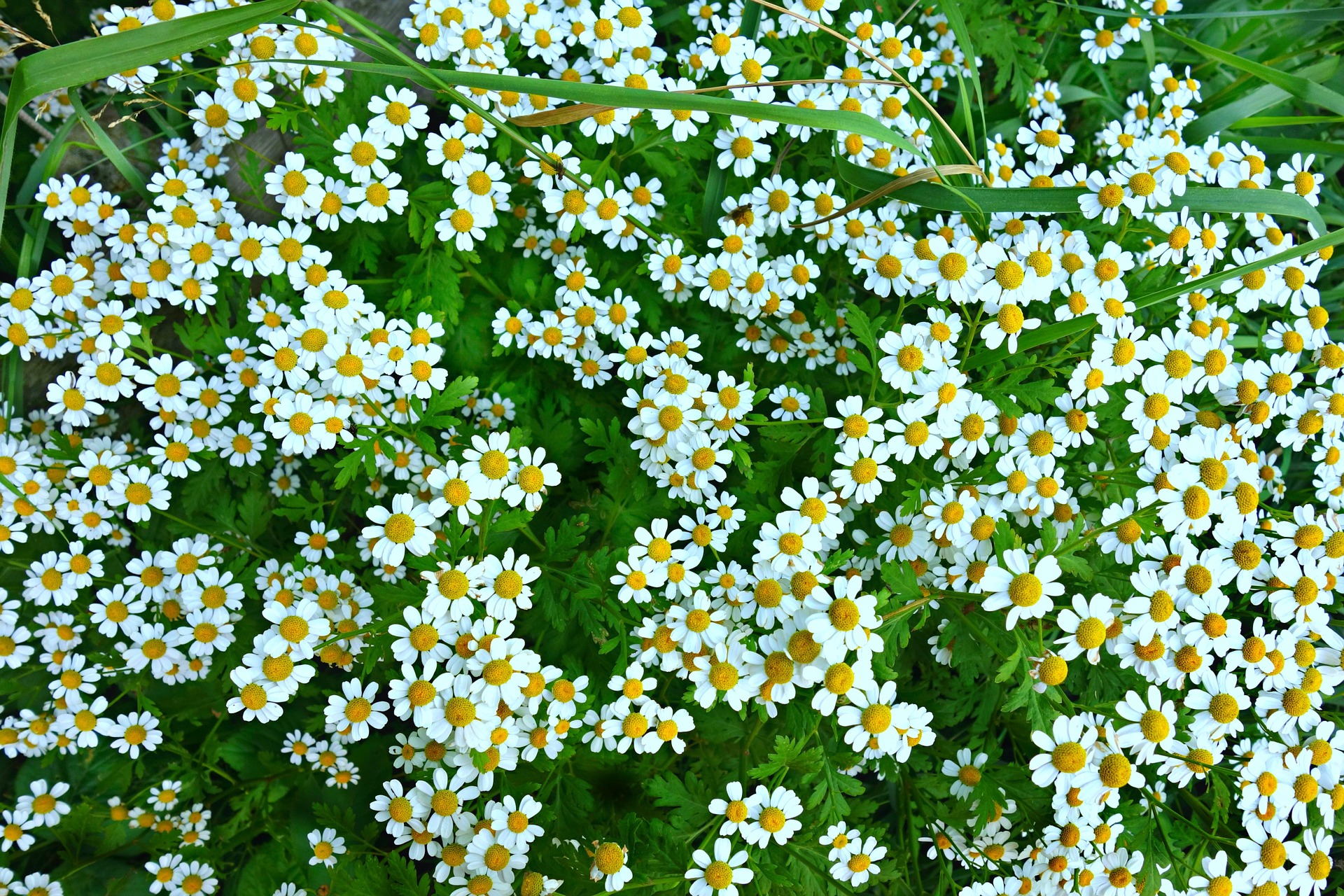
This tall grassland flower native to Europe has naturalized across North America and makes a nice edible flower to add to your foraging roster. It thrives in fields, ditches, and open meadows.
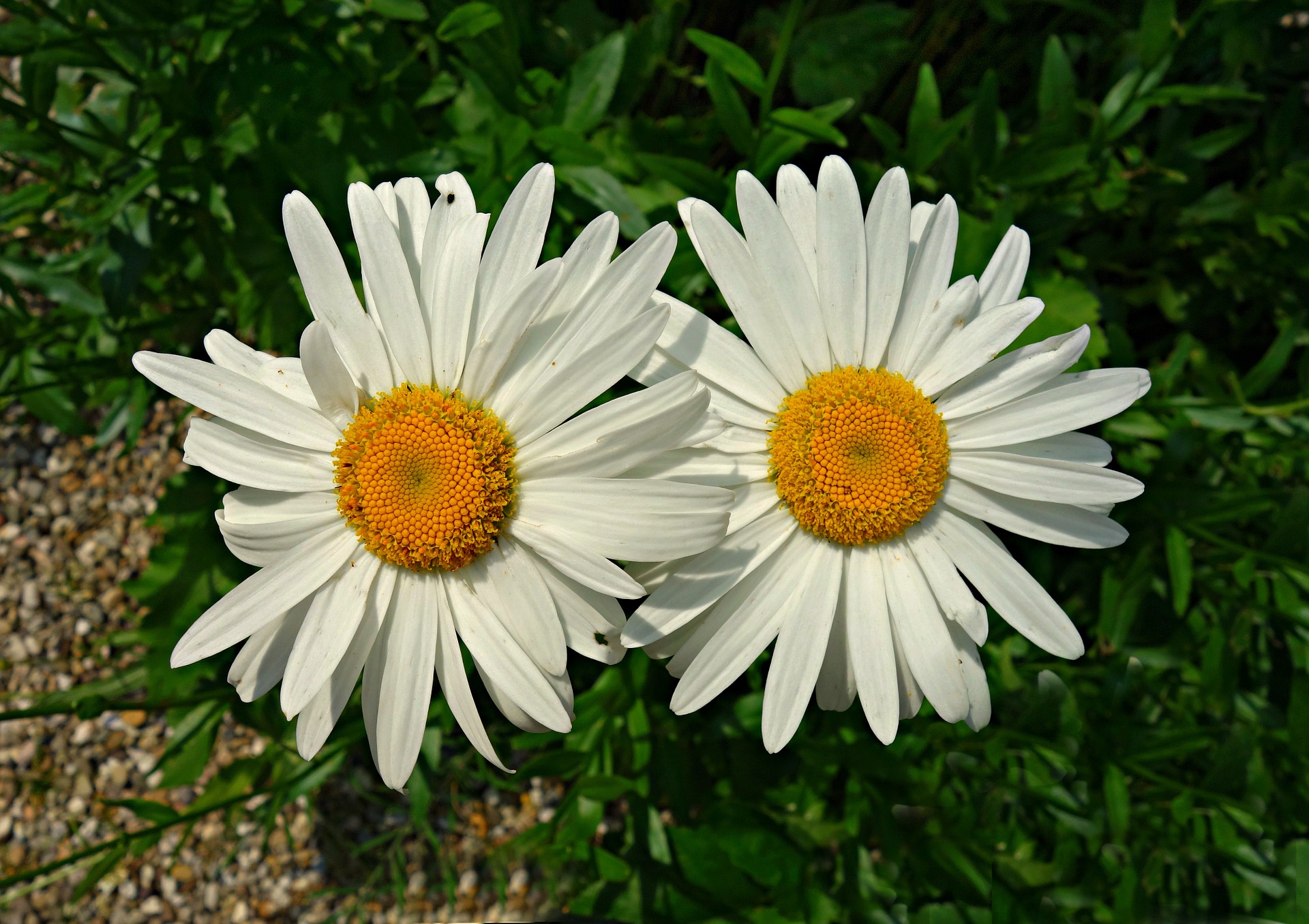
When the flowers appear in late spring they can be collected and eaten fresh or made into a variety of unique dishes including battered flower buds. They flowers have bright white petals with equally vibrant yellow centres. The leaves are long and slender with a few slender lobes along the edges.
Cleavers/Bedstraw

This sticky herb is found pretty much in every garden and mostly seen as a pesky weed. It is particularly good at spreading along fences and up into other bushes thanks to the small hooks along the sides of its stems.
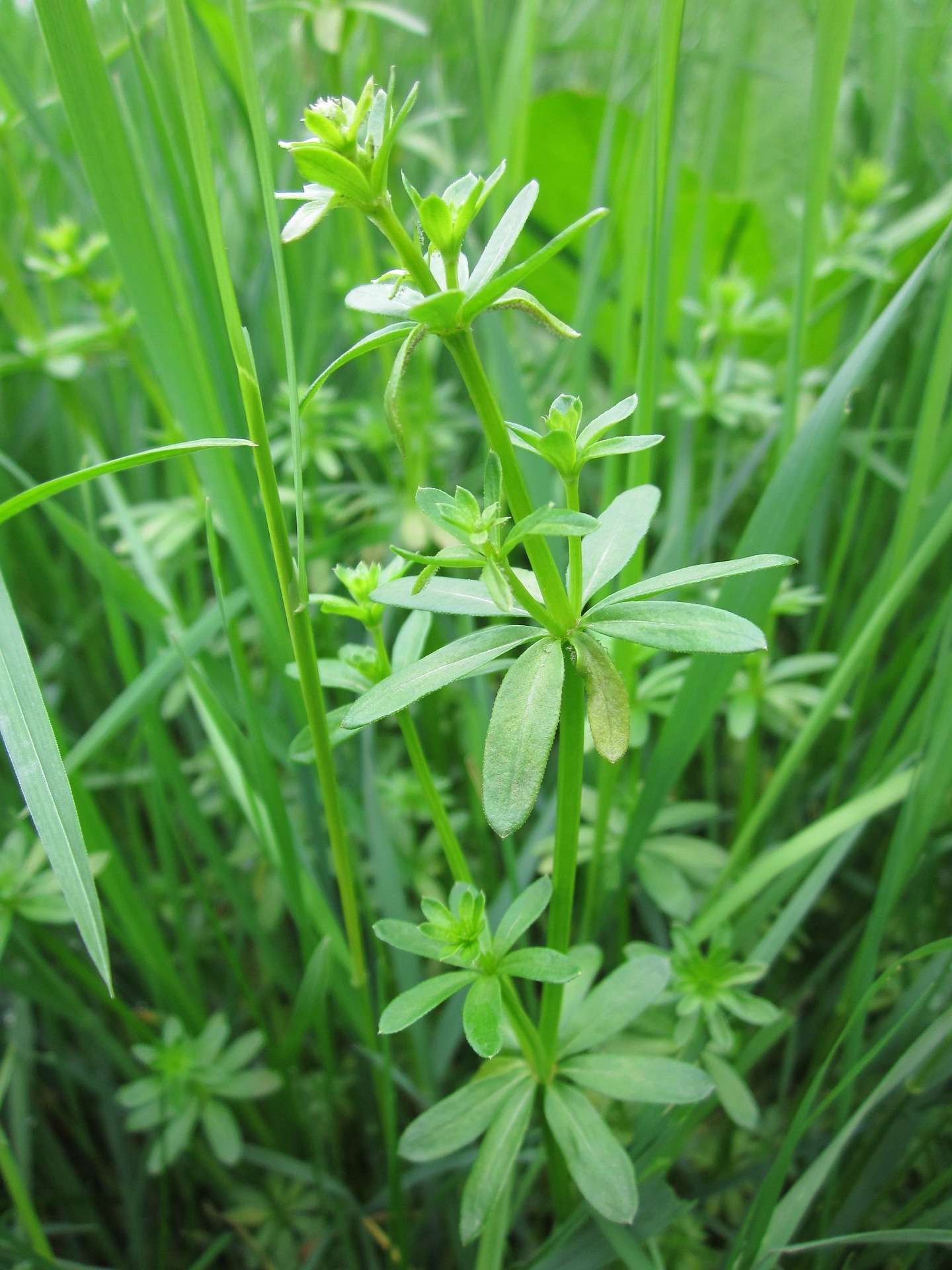
The whorls of small slender leaves that grow in equal distribution along the creeping stems and the tiny clusters of white flowers that terminate each stem best identify cleavers. It is found in moist soils along riverbanks and shady spots like fences and home gardens. Herbalists regard cleavers as a good spring tonic to promote a healthy lymphatic system. It can be made into a tea and added to salads.
Bracken Fern
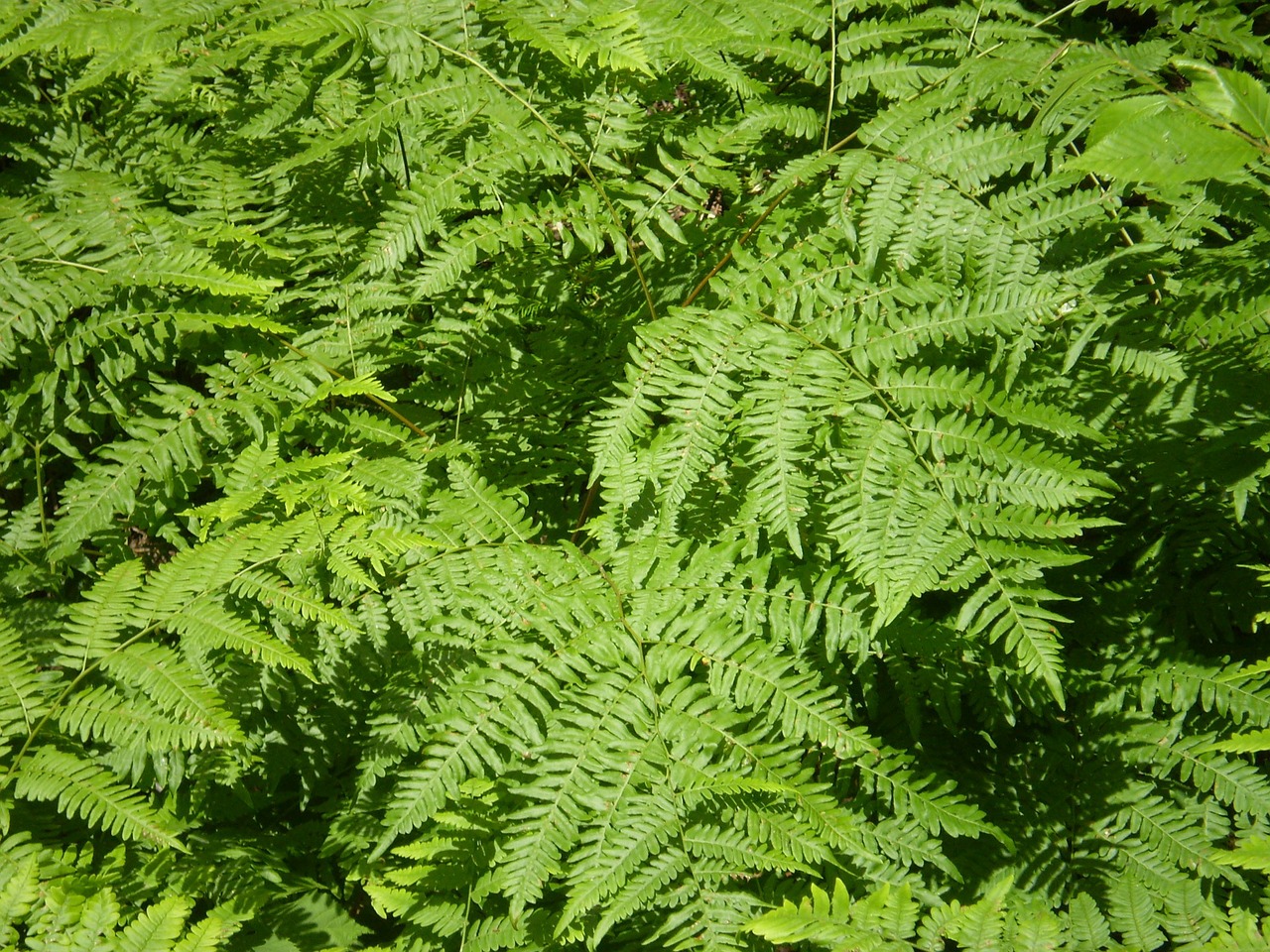
This spring delicacy can be found growing throughout the forests of North America. It appears as a large stalk covered in black fuzz ending in little clusters of coiled up foliage.

They grow quite well so it is easy to harvest quite a bit from each trip. The fiddleheads must have the black fuzz washed off and soak in water for a couple hours before cooking but they make a nice vegetable dish once done. Bracken fern is a known carcinogen so eat at your own risk, however, they have been eaten for thousands of years in North America and Asia and with moderation should be little risk to you.
Black Locust

Black locust trees can grow up to 70 feet tall and are characterized by their dark craggy bark. Found in rich, moist soils the trees can be found throughout the Midwest and far beyond.
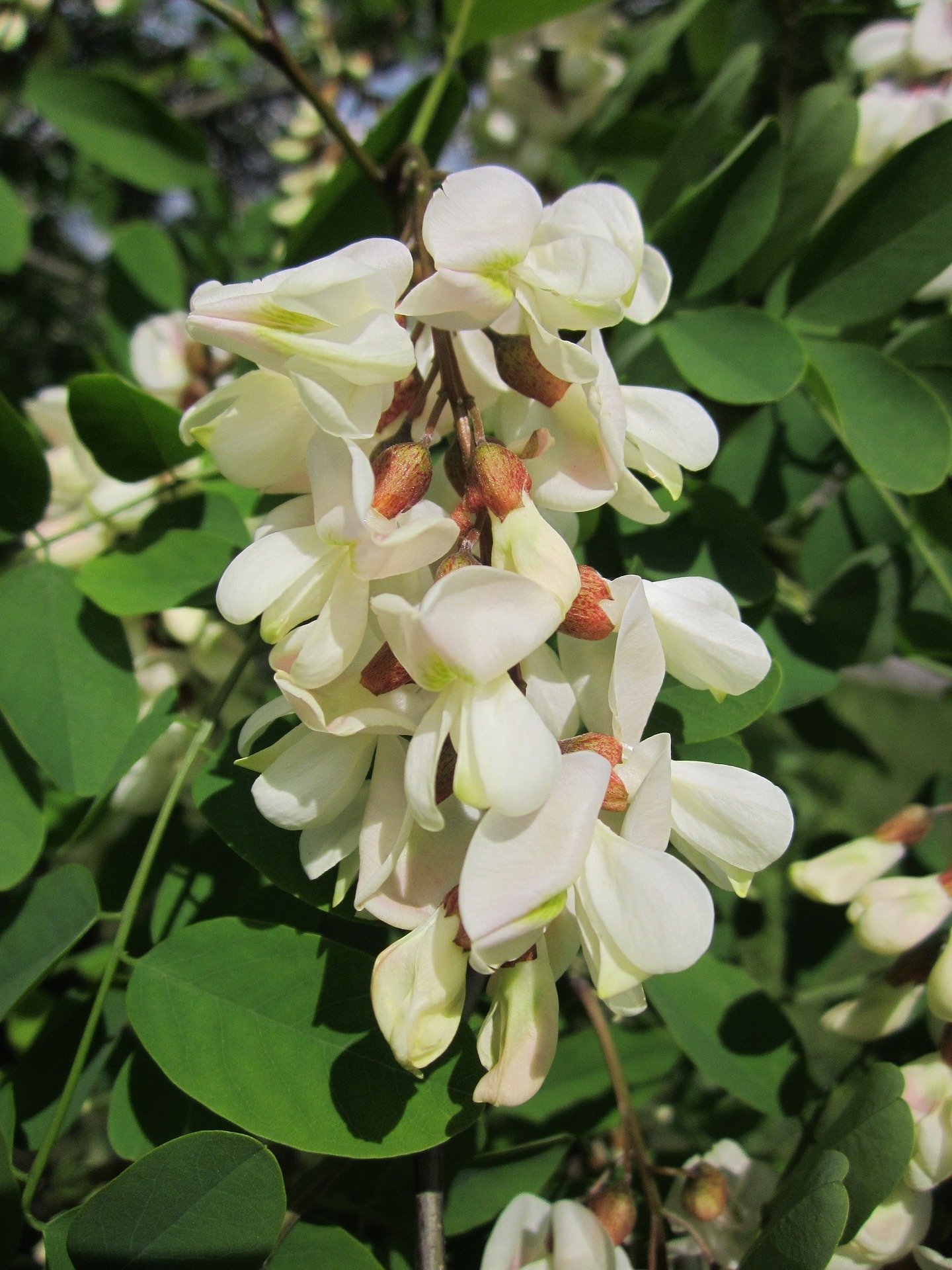
The small green leaflets are accompanied by long clusters of pea-like white flowers in the spring that have a delicate sweet flavor. They can be snacked on as you hike through the forest or else added fresh to whatever dish you choose. They also make good additions to unique homemade syrups.
– Disclaimer –
This post is strictly intended for informational purposes. Please research further if you have allergies, or think you may have a reaction to certain vegetables, flowers, roots, and other wild plants which may be suitable for consumption before eating them. It is important to identify plants properly before eating.
*** GearWeAre is not responsible for any allergic reactions or mistaken identification of wildly grown edibles. ***





